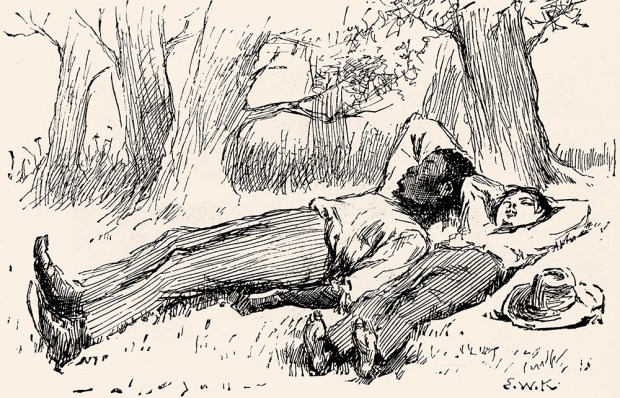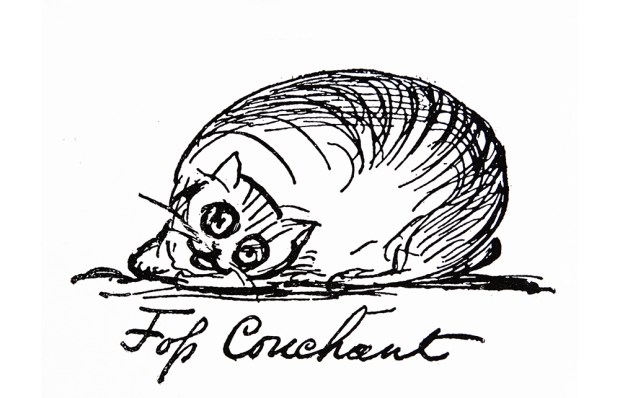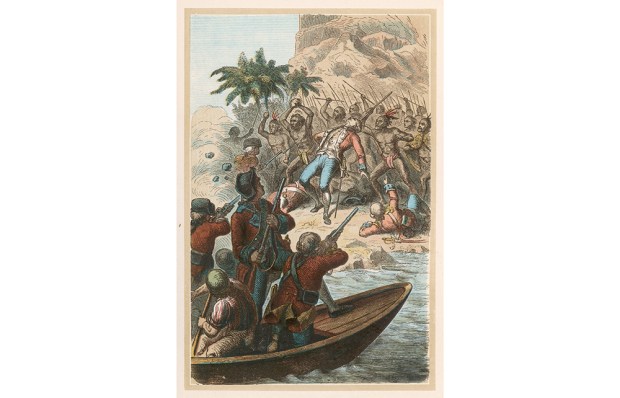It is well established that artists are not always the nicest people. On the surface, the life of the model, actress and singer Christa Päffgen, aka Nico, would appear to bear this out. Being Nico didn’t mean being nice.
The story of Nico’s rise and fall usually goes like this. She grew up in the rubble of post-war Berlin, emerging from adolescence as both stunningly beautiful and remorselessly ambitious. By the time she was 28 she had appeared on the cover of Vogue, starred in Fellini’s La Dolce Vita and sung with the Velvet Underground; she counted Alain Delon, Bob Dylan and Jim Morrison among her numerous conquests.
After being kicked out of the Velvets, she recorded several LPs of her own forbiddingly dissonant and depressing music before plunging into the sewer of addiction, dragging her looks, such talents as she had and even her only child in with her. She went from being a blonde ice queen, one of Andy Warhol’s superstars, to a gloomy, black-clad frump resembling the Groke from the Moomin books, freezing the very ground on which she trod, doomed to wander the Earth performing ‘All Tomorrow’s Parties’ to a thinning crowd of punks, goths and fellow junkies. She died in 1988, not of a heroin overdose but after falling off her bike in Ibiza, a sad punchline to a bad joke, pathos and bathos combined.
In this valuable new biography, the American writer Jennifer Otter Bicker- dike has set herself the task of telling the tale differently. ‘She was a true bohemian who deserves proper recognition,’ writes Bickerdike in the introduction. ‘The real story of Nico is one of determination, self-destruction and belief in one’s artistic vision, at any cost.’ With considerable compassion, You Are Beautiful and You Are Alone demonstrates that the challenges Nico faced were not all of her own making and that her quest to be taken seriously as a woman and an artist is still not over.
I must declare an interest and a mea culpa here. In the 1980s, I was a teenage Velvet Underground ghoul. I owned all the group’s records, including live bootlegs; I read everything I could lay my pale blue hands on. I considered the core line-up of Lou Reed, John Cale, Sterling Morrison and Maureen ‘Moe’ Tucker to be the definitive one and I was more interested in replacement bass player Doug Yule than the femme fatale who had sung on just three tracks of the Banana album, her deadpan voice and heavy European accent inflecting the word ‘clown’ as ‘clow-uhn’. To me back then, Nico was inimitable, by which I mean the opposite.
Well, I’m not a young man any more. It took me a while to appreciate Nico, but these days it is her solo recordings I listen to more than any other VU music. The LPs she made in collaboration with ex-bandmate John Cale — The Marble Index (1968), Desertshore (1970) and The End (1974) —are beautiful, difficult, uncompromising and extraordinary. Bickerdike interviews Iggy Pop who describes what Nico was doing as ‘“complete” music… the music and the melody and the ambience and the literature all at once’. It almost goes without saying that these records did not trouble the charts. As Cale noted of The Marble Index: ‘It’s an artefact, not a commercial commodity. You can’t sell suicide.’ But they have influenced generations of female artists and performers, amongst them Björk, Cosey Fanni Tutti, Neko Case, Maxine Peake and many more. Several times in the 1980s I could have gone to one of Nico’s gigs but didn’t. What a clow-uhn.
Nico’s biography has been written before, notably by James Young in his gonzo 1992 memoir Songs They Never Play on the Radio (he was the keyboard player in her last band) and many of the squalid details of the singer’s later years reappear in this book; the endless touring, the cockroach-infested flats, the occasion at the Dutch border she claimed to have hypnotised a sniffer dog; the whole tragicomic ‘drama of exile’, as Nico called it. There are significant gaps in Bickerdike’s account, too, not least a chunk of the 1970s when Nico seems to have vanished entirely from sight and any witnesses to what she got up to are either long dead from overdoses or too raddled to remember anything that happened.
Nevertheless, this is a timely book. Nico may have plotted her rise but she also chose the manner of her fall. She was nobody’s mannequin and nobody’s joke: ‘I haven’t time to be a cliché,’ she once said. Not only does Bickerdike give Nico her due as an artist on her own terms, transcribing all the hostility and ridicule the singer faced from art, fashion and music establishments largely controlled by men, she lays bare how the casting of Nico’s life as the tragedy of a glamorous woman losing her looks and fame is inherently sexist. You Are Beautiful and You Are Alone will resonate with many readers who may never have heard her music but who recognise the familiar outline of her story and the struggles she went through to be heard.
Got something to add? Join the discussion and comment below.
Get 10 issues for just $10
Subscribe to The Spectator Australia today for the next 10 magazine issues, plus full online access, for just $10.
You might disagree with half of it, but you’ll enjoy reading all of it. Try your first month for free, then just $2 a week for the remainder of your first year.














Comments
Don't miss out
Join the conversation with other Spectator Australia readers. Subscribe to leave a comment.
SUBSCRIBEAlready a subscriber? Log in